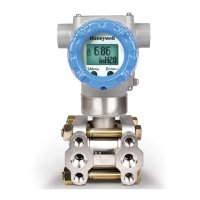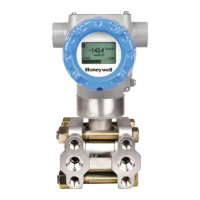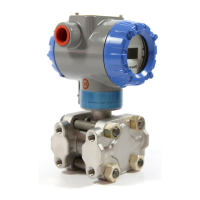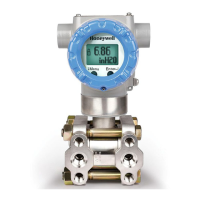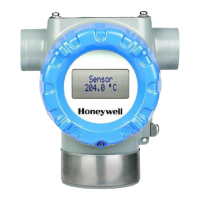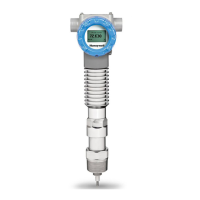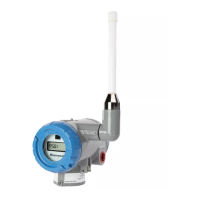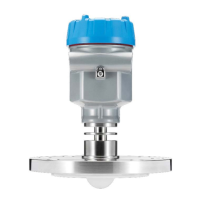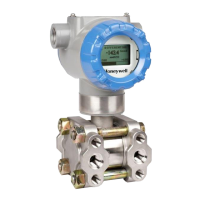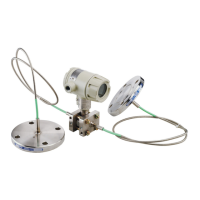1. For liquid or steam, the piping should slope a minimum of 25.4 mm (1 inch) per 305 mm (1 foot).
2. Slope the piping down toward the transmitter if it is below the process connection to allow the
bubbles to rise back into the piping through the liquid.
3. If the transmitter is located above the process connection, the piping should rise vertically above
the transmitter. In this case, slope down toward the flow line with a vent valve at the high point.
4. For gas measurement, use a condensate leg and drain at the low point (freeze protection may be
required here).
ATTENTION Care must be taken when installing transmitters on hot processes.
The operating temperature limits for the device (as outlined in Table 5) must not be exceeded.
Impulse piping may be used to reduce the temperature of the process that comes into contact
with the transmitter meter body. As a general rule there is a 56 C drop (100 F) in the
temperature of the process for every foot of ½ inch uninsulated piping.
3.5.3 General Piping Guidelines
• When measuring fluids that contain suspended solids, install permanent valves at regular intervals
to blow-down piping.
• Blow-down all lines on new installations with compressed air or steam and flush them with process
fluids (where possible) before connecting these lines to the transmitter meter body.
• Verify that the valves in the blow-down lines are closed tightly after the initial blow-down
procedure and each maintenance procedure thereafter.
3.5.4 Procedure to Install Flange Adapters
The following procedure provides the steps for removing and replacing an optional flange adapter on the
process head.
This procedure does not require that the meter body be removed from the electronics
housing. If flange adapters are being replaced with parts from other kits (for example, process
heads), follow the procedures for the kits and incorporate the following procedure.
NOTE: The threaded hole in each flange adapter is offset from center. To ensure proper
orientation for re-assembly, note the orientation of the offset relative to each process head
before removing any adapter.

